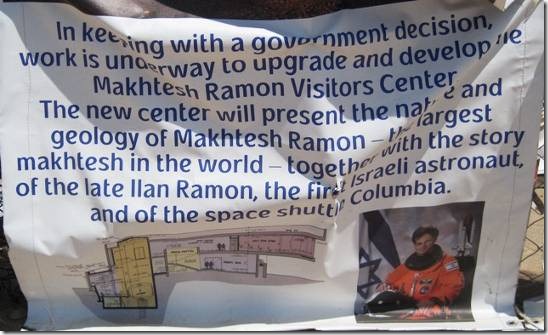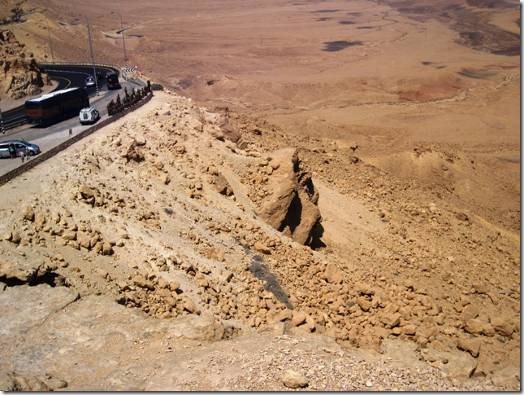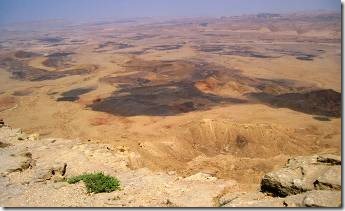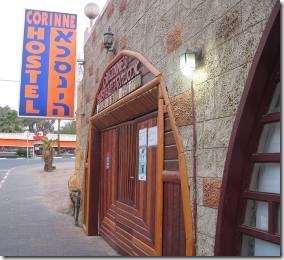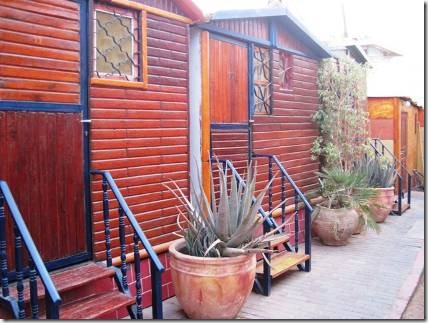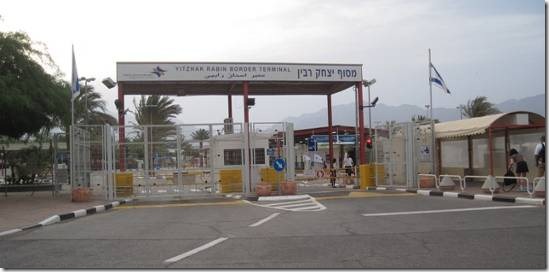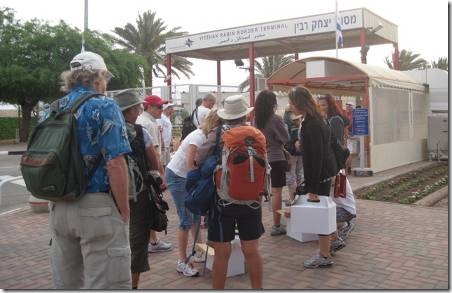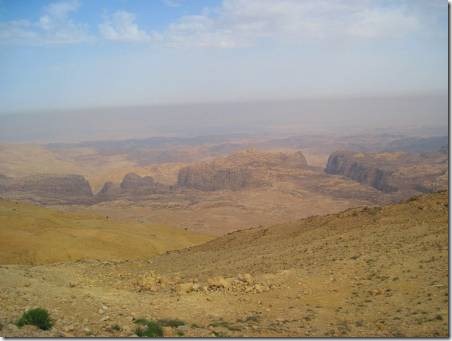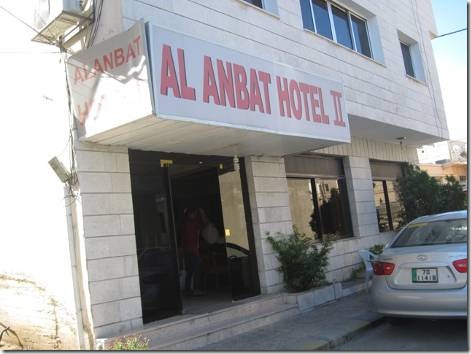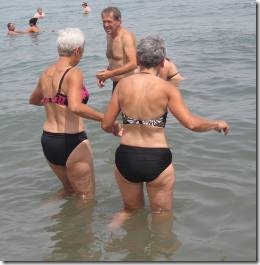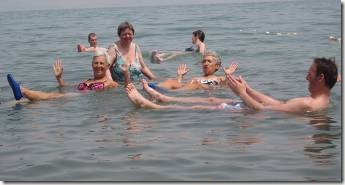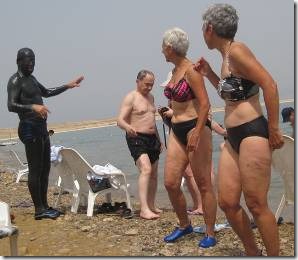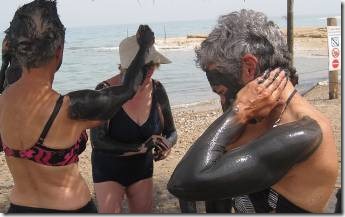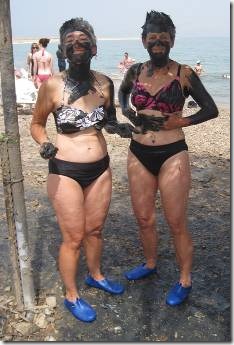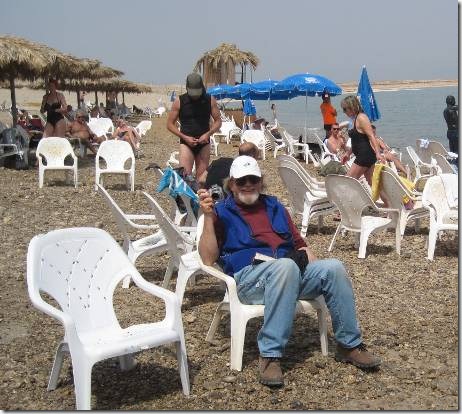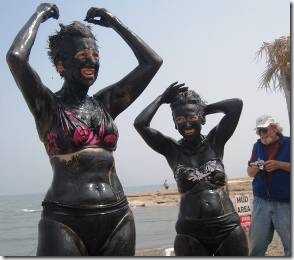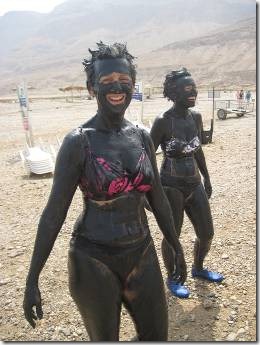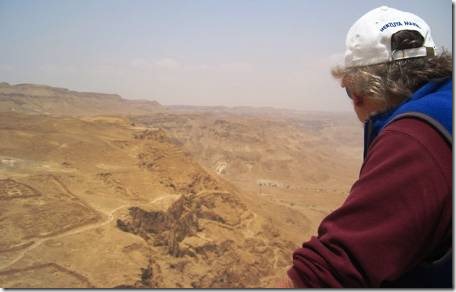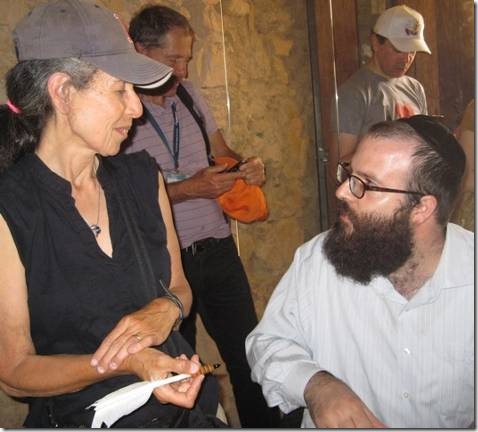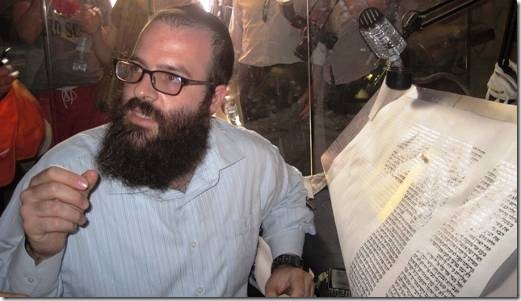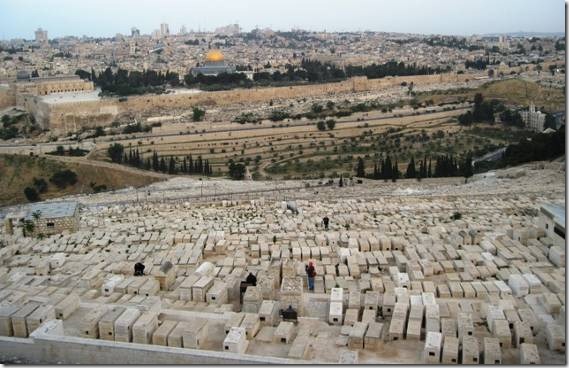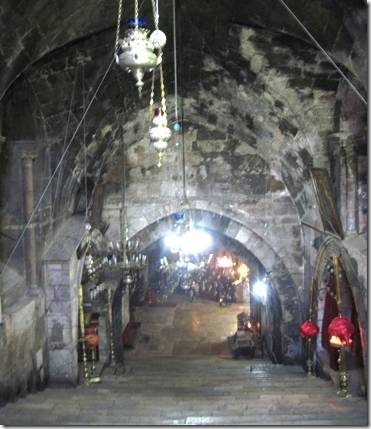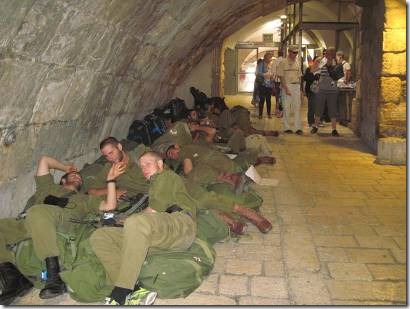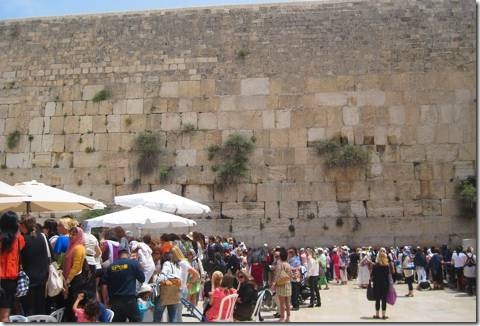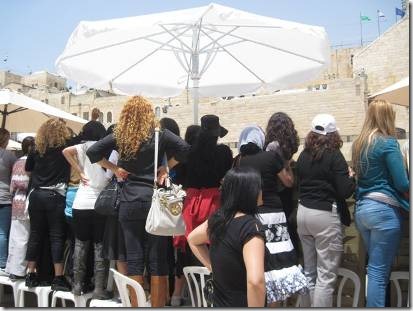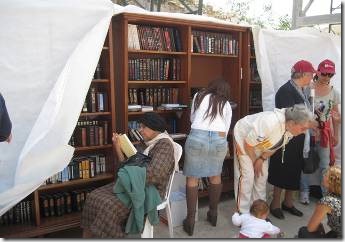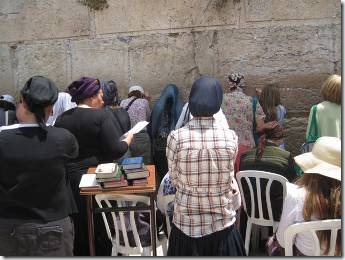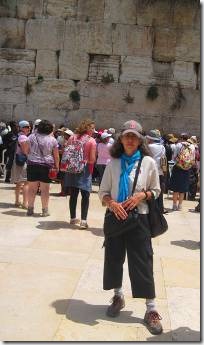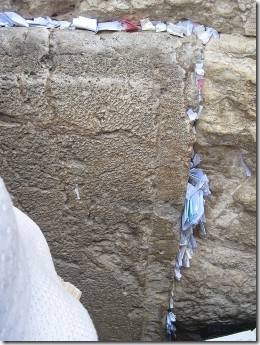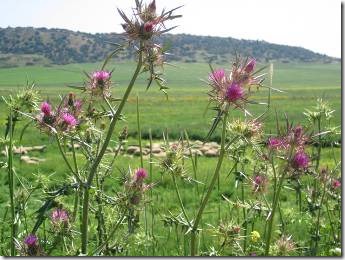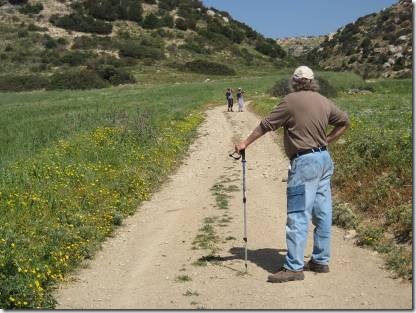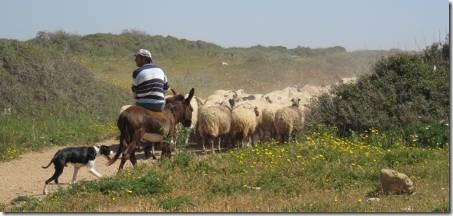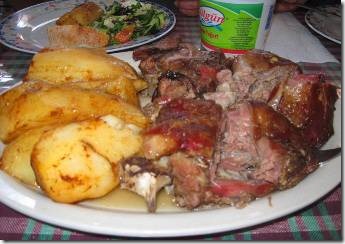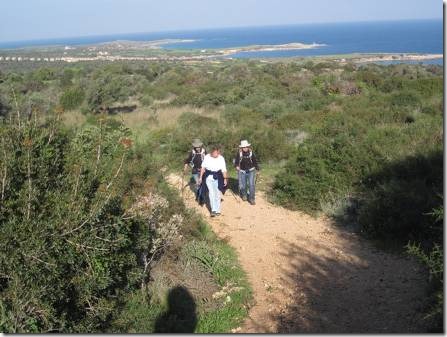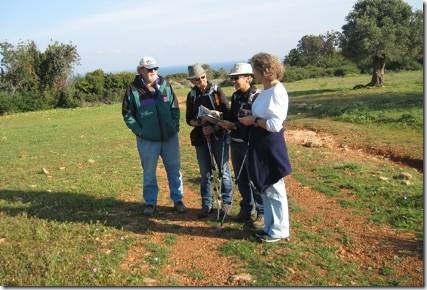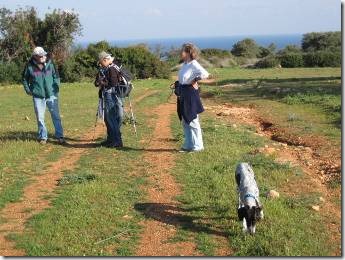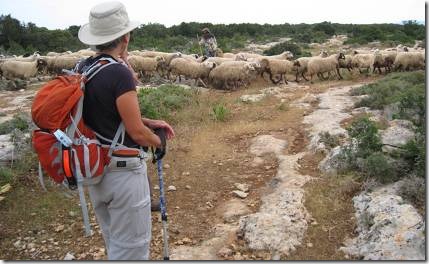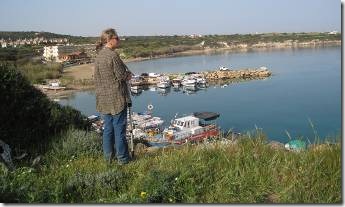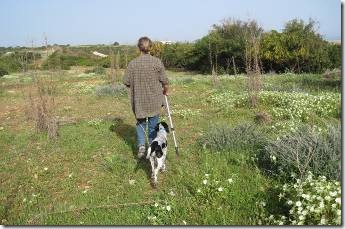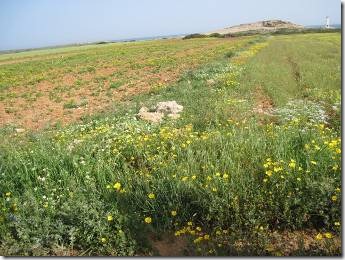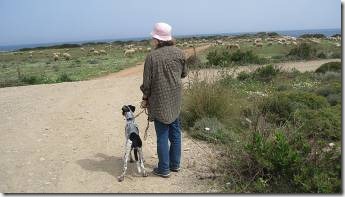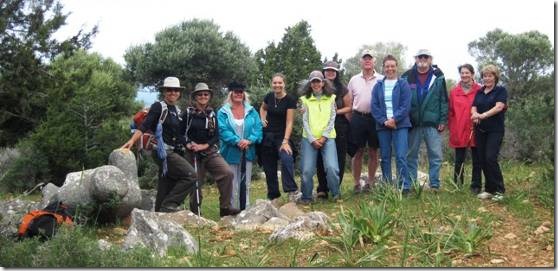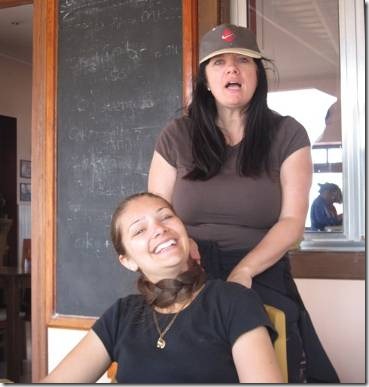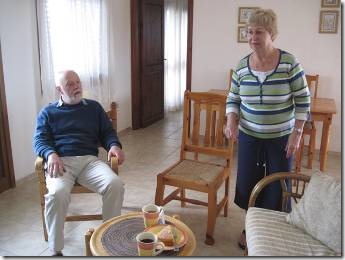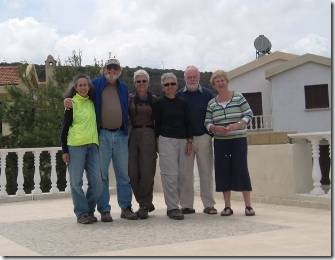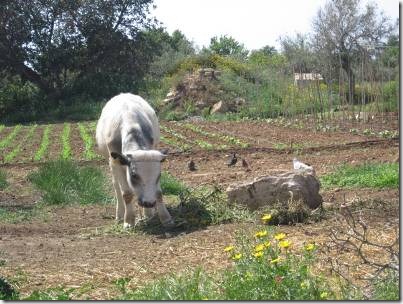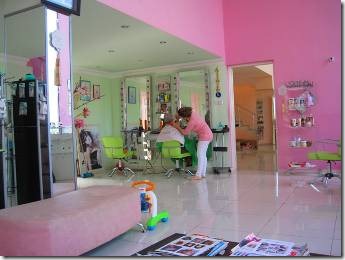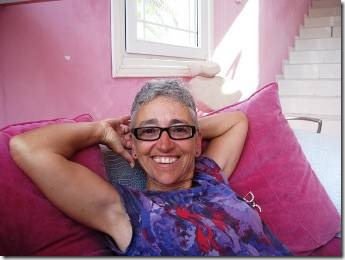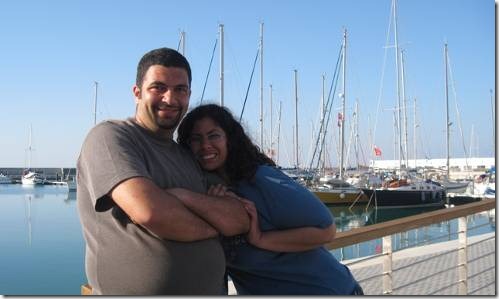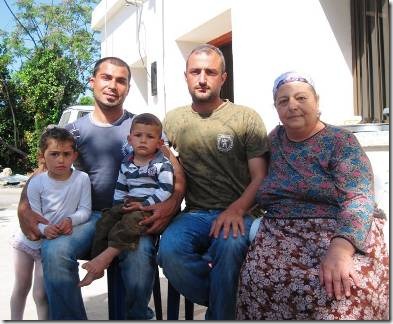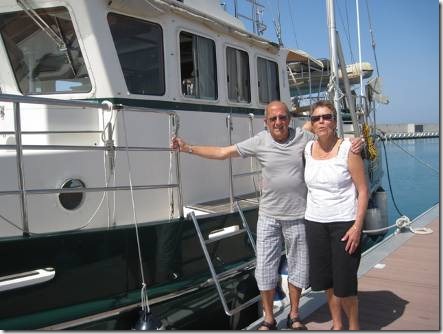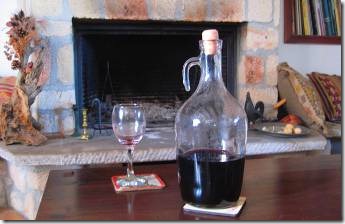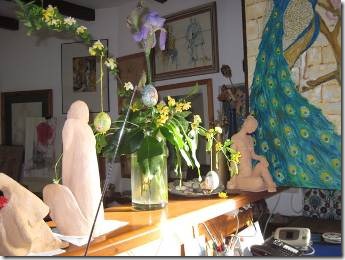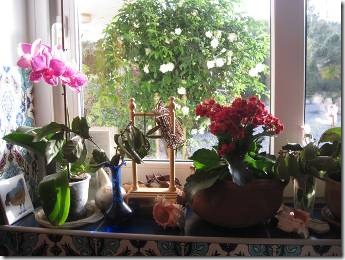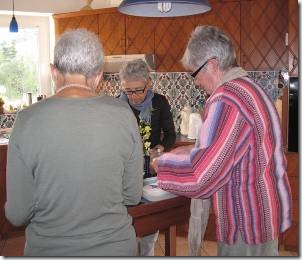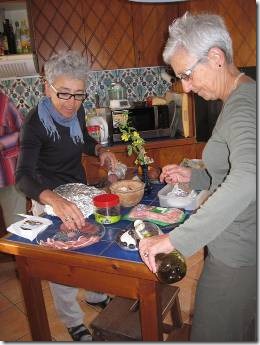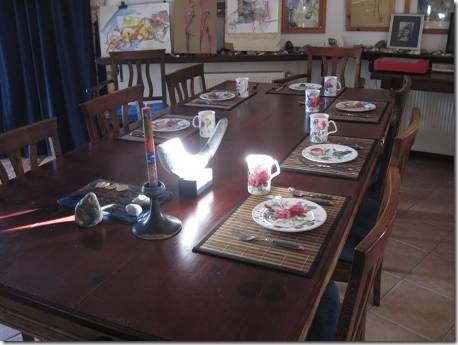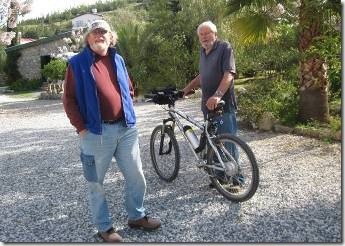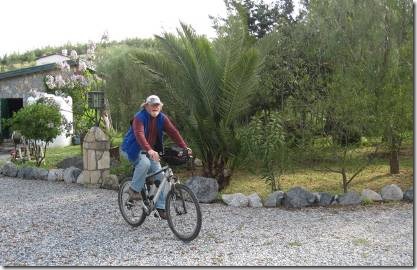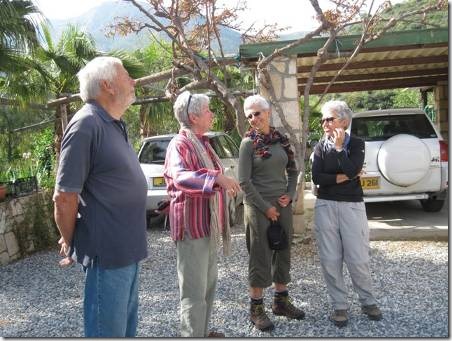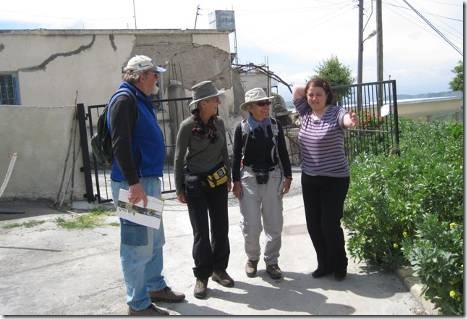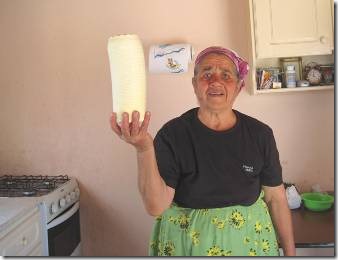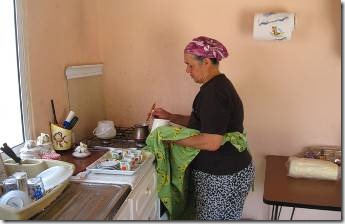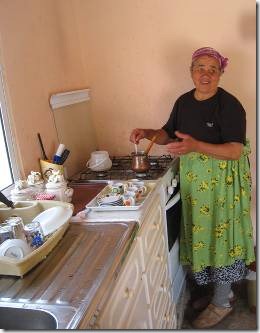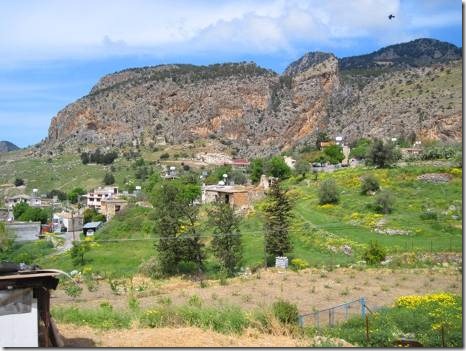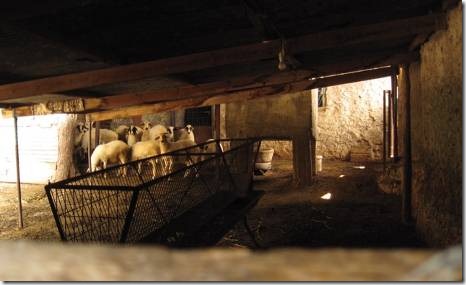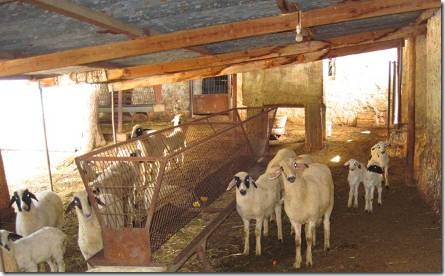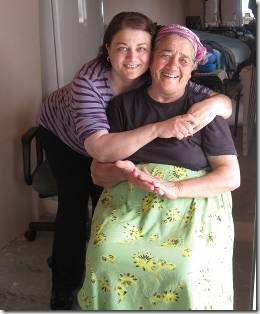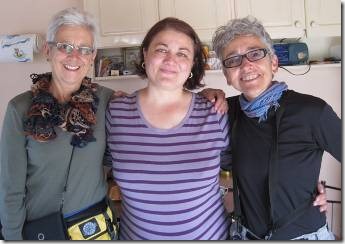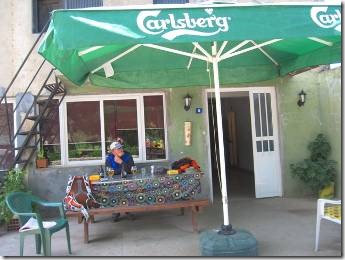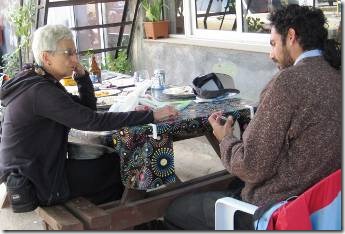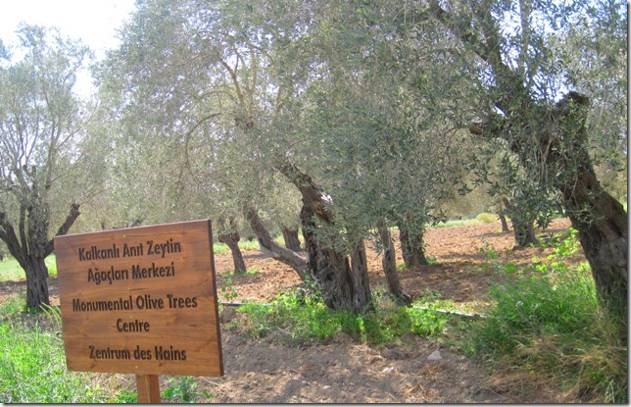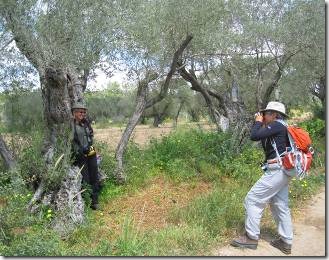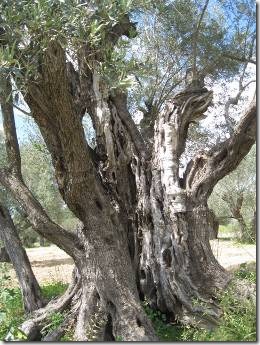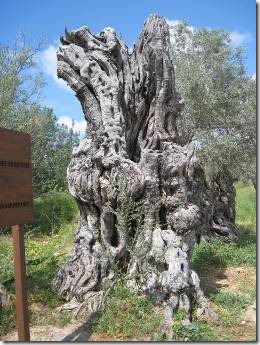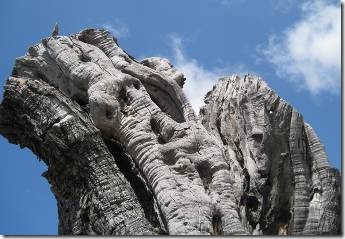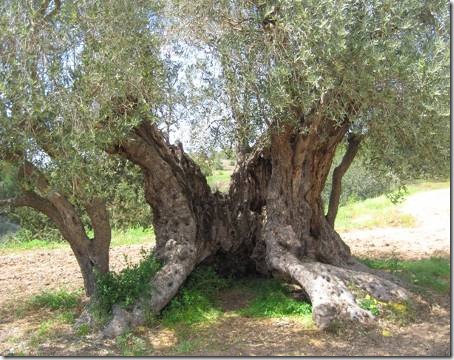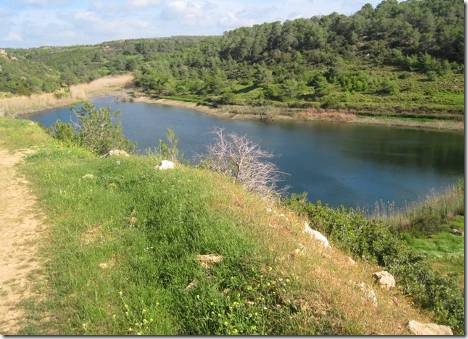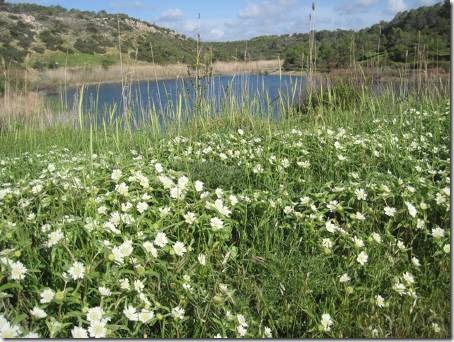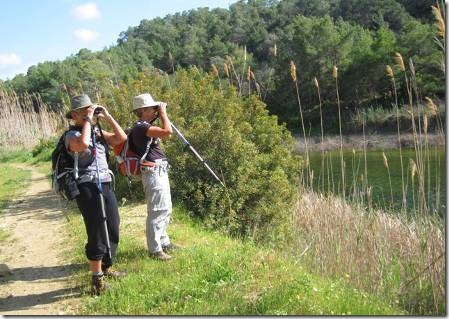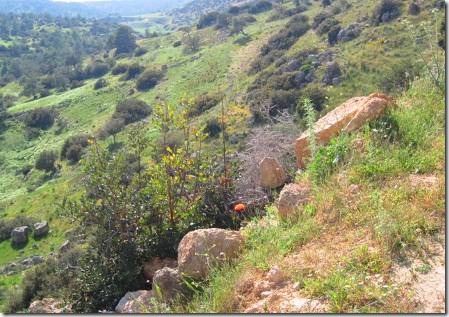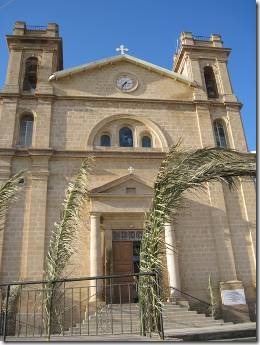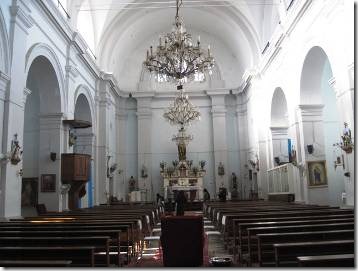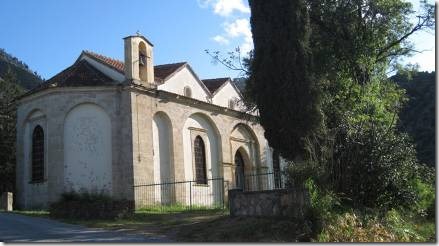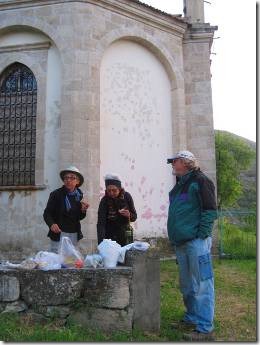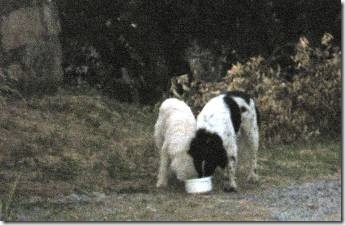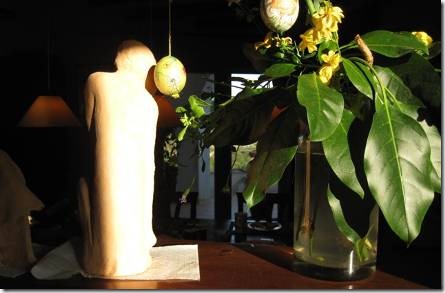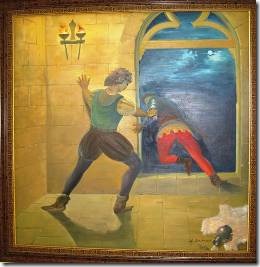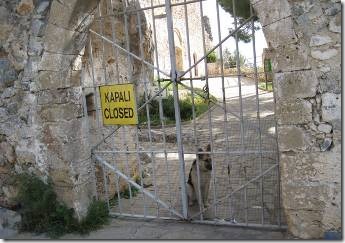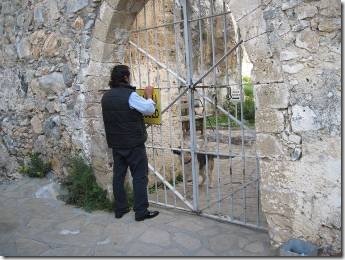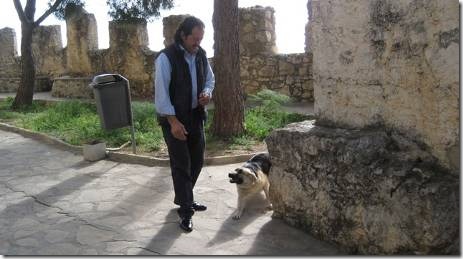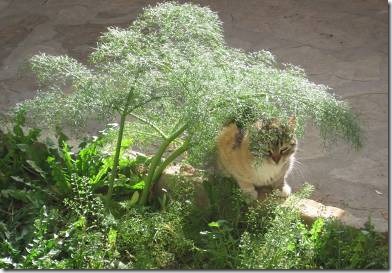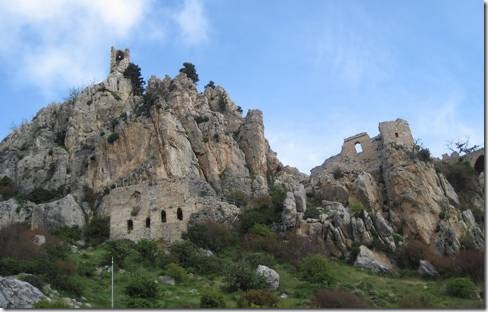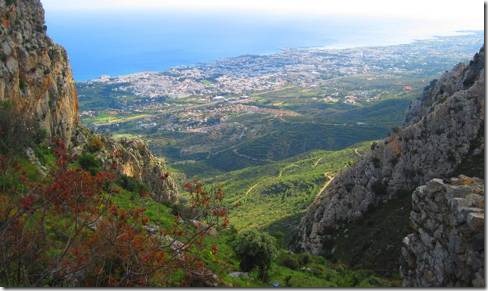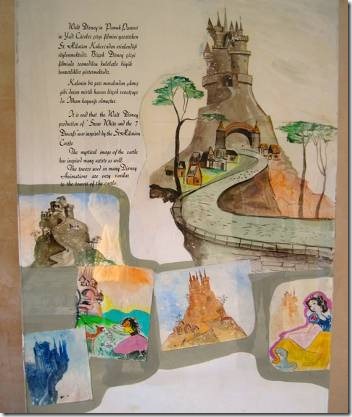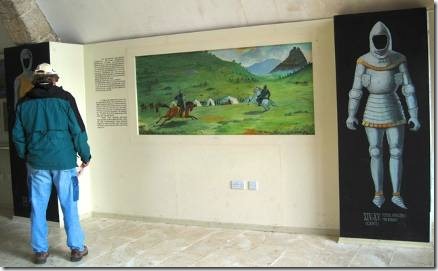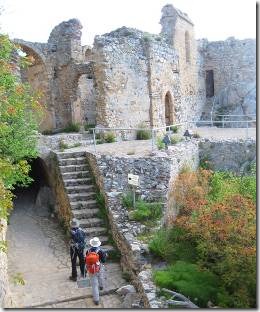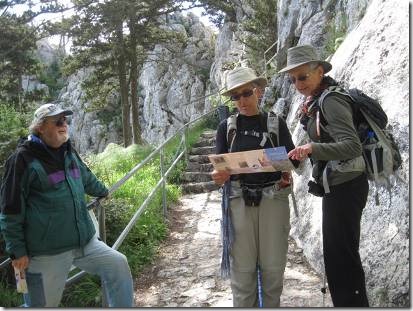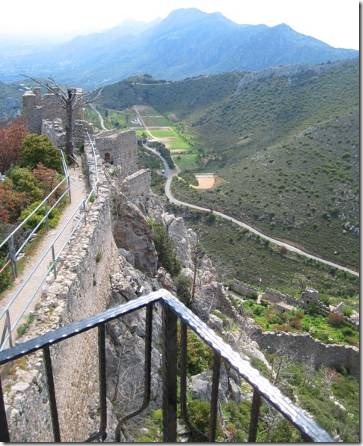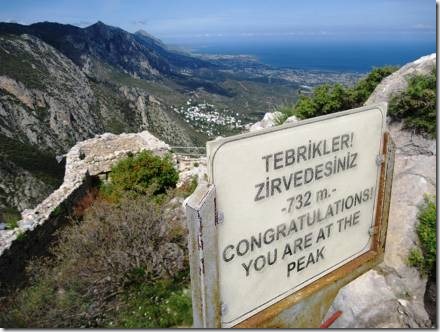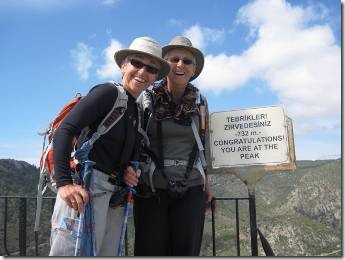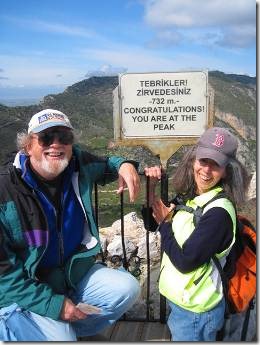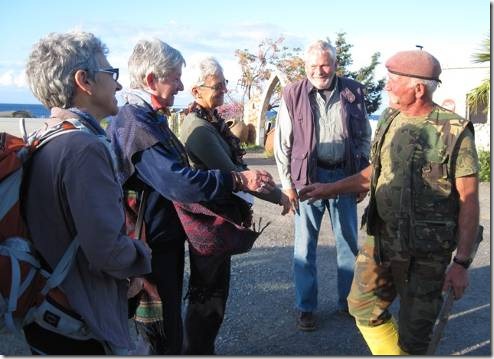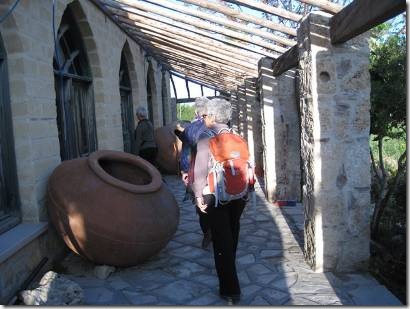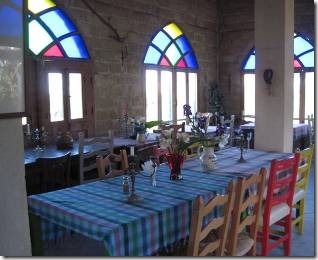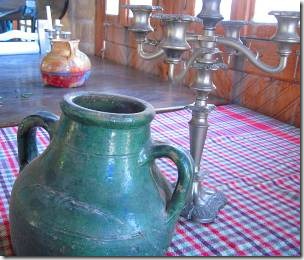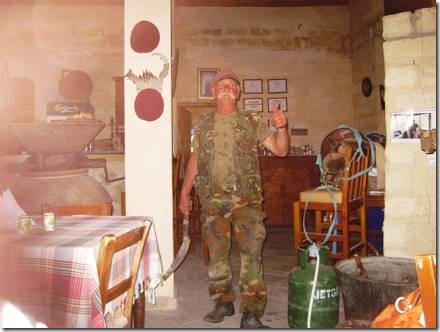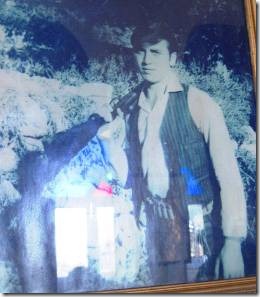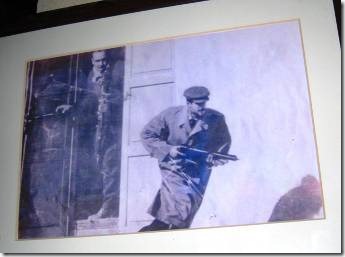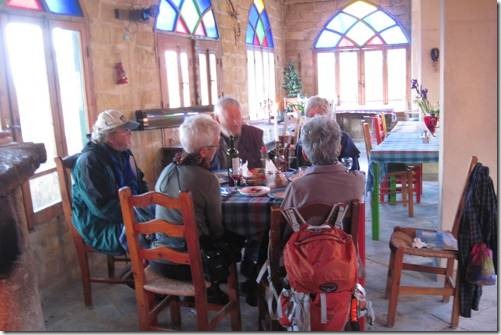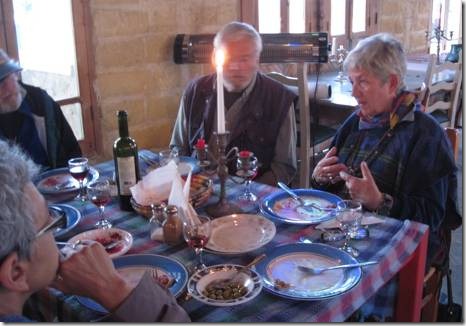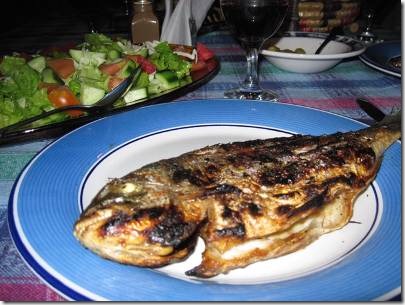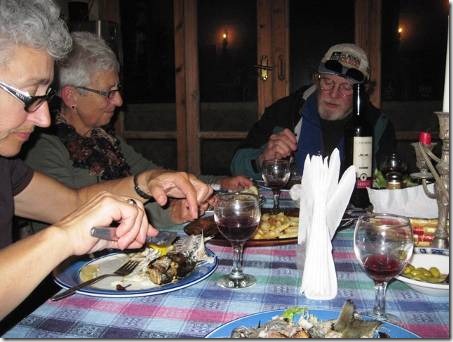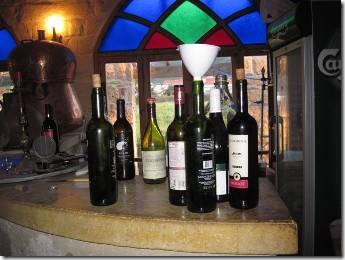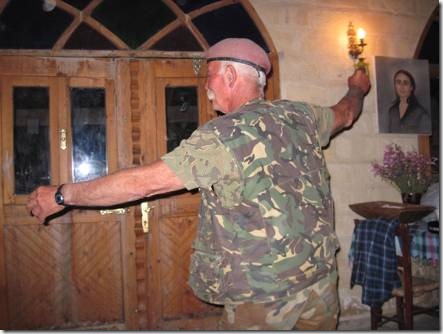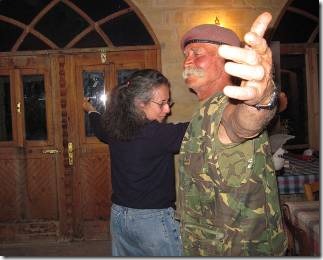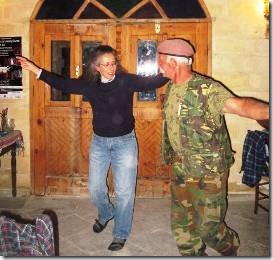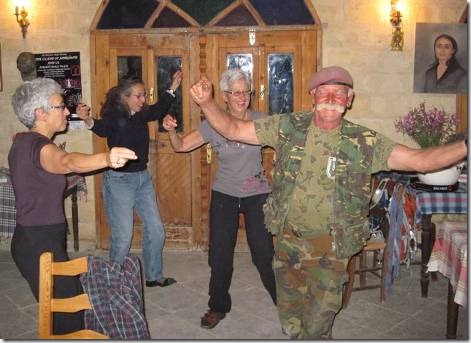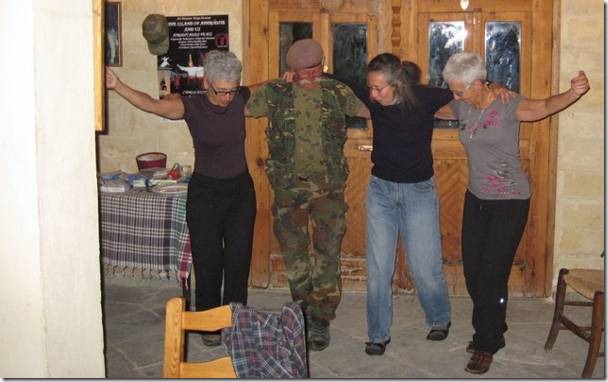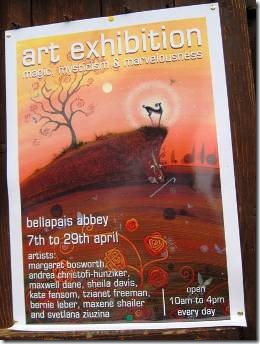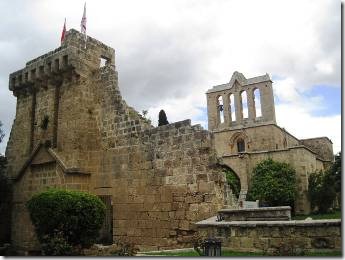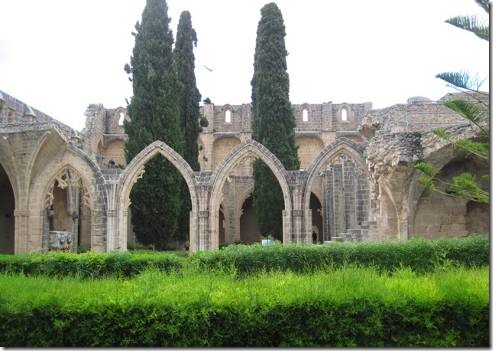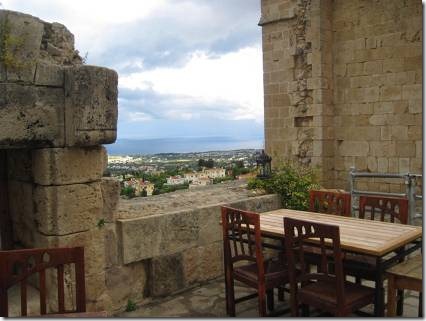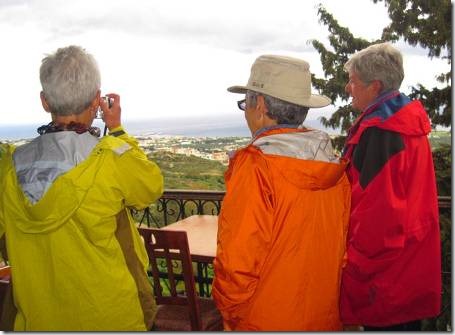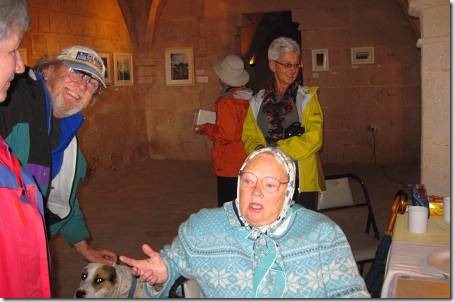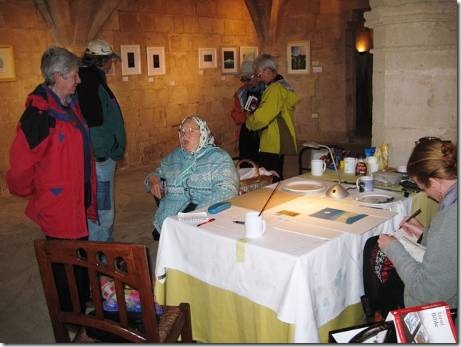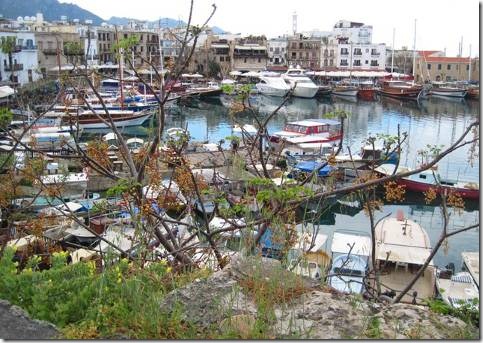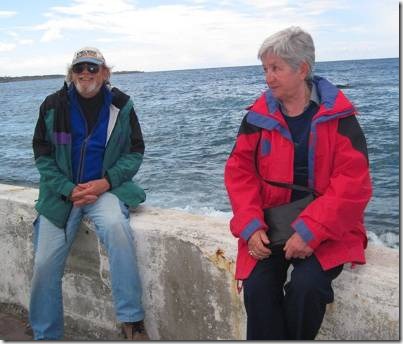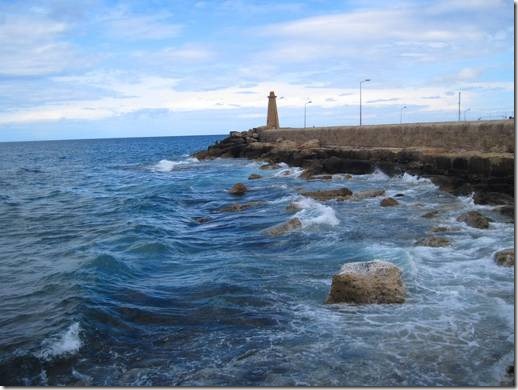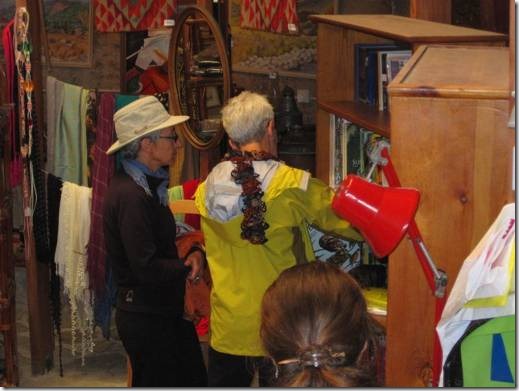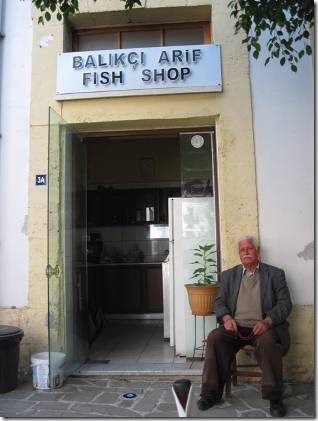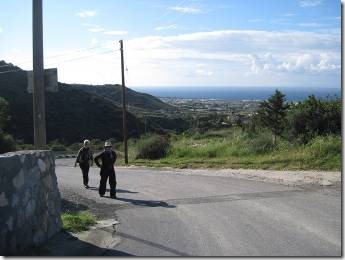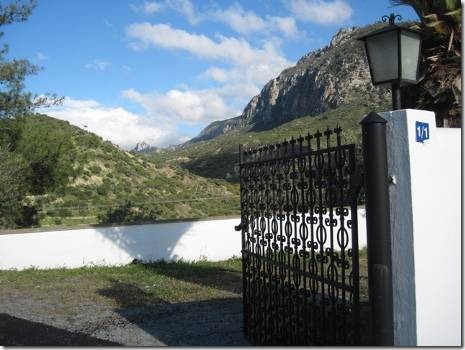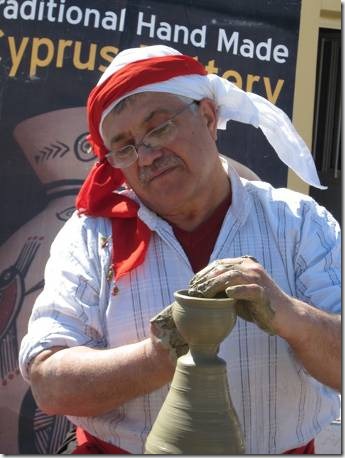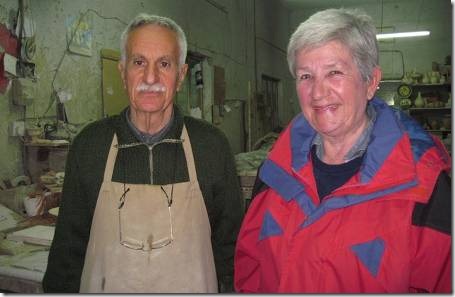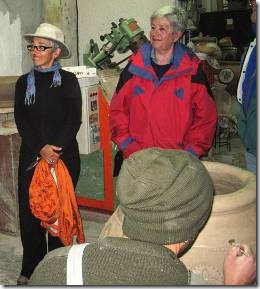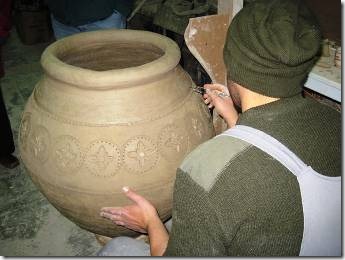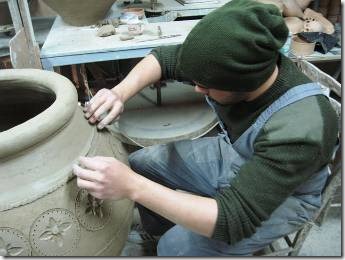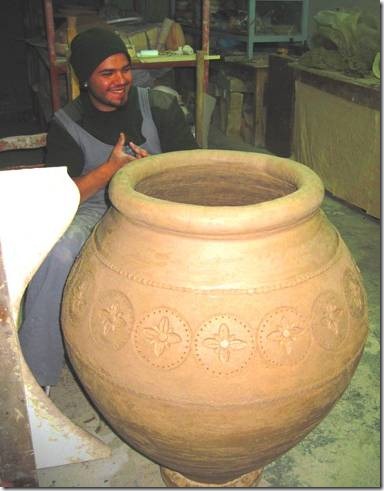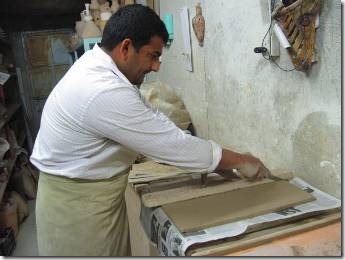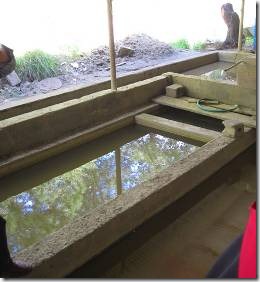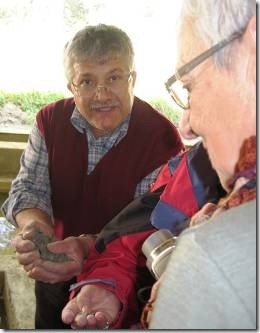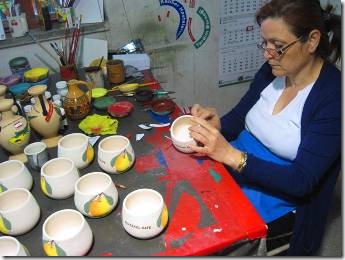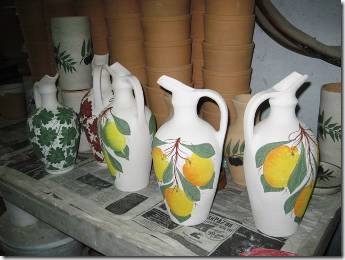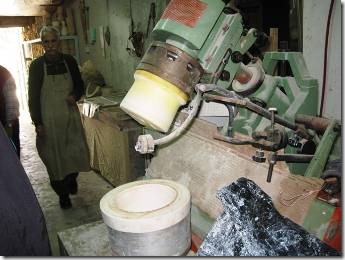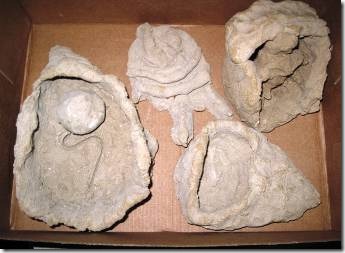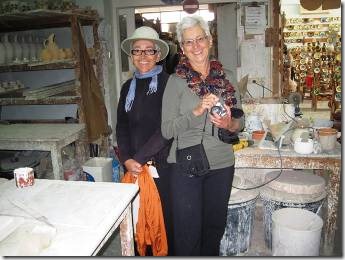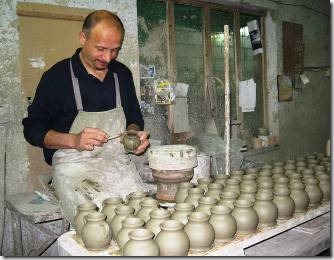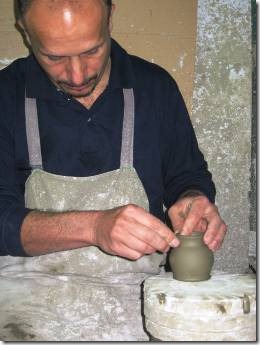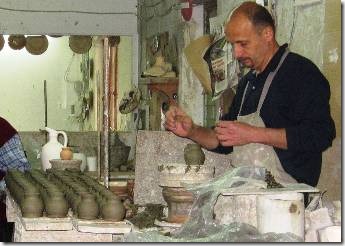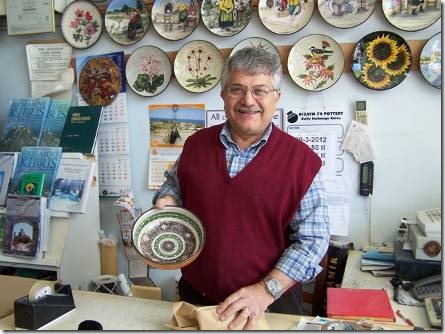Shalom
We have just returned from a visit to Petra in Jordan. Anyone who saw the Indian Jones movie where he searches for the Holy Grail has seen Petra where it was filmed. It’s quite an amazing place geologically as well as historically. I’m rereading Bruce Feiler’s Walking the Bible in hopes of remembering anything I might have learned years ago, so I wanted especially to see Aaron’s Tomb which is visible from Petra, as well as accessible if you have the time which, sadly we didn’t. Randal and I did a climb the second day where we could see the tomb off in the far distance and take a photo. I’m skipping ahead of past adventures to write about Petra while it’s fresh in 4 minds that might remember what we saw. I want to get it finished before we return to Jerusalem Sunday and collect more adventures. I took a zillion photos at Petra so beware of overload.
The Red Sox are doing better so maybe my prayer at Masada did some good. If so, hopefully my prayer for world peace will work too.
Ru
Eilat and Petra # 1
Early Sunday morning, our backpacks and bags stuffed with clothes, books, water, snacks, yoga mats, and the essential passports and cameras, we set off from the marina to the rental car company where we stuffed everything and all of us into a small, square, black Suzuki. It’s about a 6 hour drive from Herzliya to Eilat, but we made stops in Ashdod, Ashkelon, Makhtesh Ramon, and an anonymous picnic table mid-day for lunch, so we didn’t arrive until late afternoon. Our stops in Ashdod and Ashkelon were to look at their marinas and to say hello to our friend Eve whose boat is now in Ashdod and our friends David and Betty on the boat Sundance now in Ashkelon. We did find Eve but not David and Betty. Neither of those marinas tempted me to want to move from Herzliya which seems to be growing on me with its great beaches for walking and easy bus ride to Tel Aviv and Jaffa. And having a grocery store in the marina mall is a plus as there is no open air market in walking distance.
From Ashkelon we drove on to Makhtesh Ramon as our new friends Nilly and Eitan pointed it out as a stop on our way to Eilat. We did stop but only long enough to take some photos and to wish we had more time. Maybe someday.
I hadn’t remembered that an Israeli astronaut had died in the Columbia tragedy. It says a great deal about Ilan Ramon that this amazing place is named for him.
"The most beautiful parts of the Negev Highlands are the makhteshim. Israel contributed to geology the Hebrew term, makhteshim, as these types of craters exist only in Israel. A makhtesh occurs when erosion from a single waterway creates a valley with sheer cliffs, or anticlines, that enclose the crater on all sides—creating a bowl. In fact, the term makhtesh means, “mortar,” as in a bowl. For that reason, some call the Makhtesh Ramon the “Super Bowl” of Israel. I have to agree.
http://www.jpost.com/Travel/AroundIsrael/Article.aspx?id=244672
Groups of Israeli soldiers are often seen viewing the sights of their country.
The highway that clings to the walls of the great crater transports tourists today. But in antiquity, a highway crossed the makhtesh for commercial purposes from the Nabatean city of Petra. Spices—especially the fragrant gum resins, myrrh and frankincense—made the highway a lucrative route. The historian, Pliny, described the road as having sixty-five camel stops between Timna and the Mediterranean Sea.
Today, the mountains of Makhtesh Ramon surrender gypsum to commercial production—thousands of tons annually. In the middle of the crater, a factory works the gypsum into a component suitable for plaster of Paris and cement. Smaller mining efforts cull clay and quartz from Makhtesh Ramon.
http://www.jpost.com/Travel/AroundIsrael/Article.aspx?id=244672
http://www.parks.org.il/BuildaGate5/general2/data_card.php?Cat=~25~~306810181 is the website of Makhtesh Ramon.
"The makhtesh is the result of ancient formations of soft sandstone being covered over by harder limestone and dolomite, and then the whole area being uplifted by tectonic forces – forming a high, broad ridge. When at a later stage, the ridge was covered by a shallow sea, its limestone “cap” was removed by the action of the water, leaving the underlying sandstone exposed to the elements. Over the geological ages, water found its way inside the ridge, carving out river beds, dissolving and carrying away the soft sandstone, until what was left is this gigantic depression surrounded by precipitous limestone walls." http://www.israelyoudidntknow.com/south-means-desert/carved-sandstone-crater/
Making the desert bloom. Date palms. As kids we gave money at Sunday School to plant trees in Israel. These are probably not those trees. In 2005 dates were Israel’s leading export and are today a target of “anti-Israel” boycotts.
Our last stop of the day was Eilat, at the very southern tip of Israel. From there we would cross the border into Jordan 6:30 a.m. Monday morning when the border would open.
http://corinnehostel.com/indexen.html is where we stayed in Eilat. Cheap, clean, bathroom and shower with hot water, quiet, AC, TV and WiFi. And on street parking. Everything we needed for a night. We hadn’t come to see Eilat, but we did check on the marinas in case we ever wanted to winter over after visiting the Red Sea. But that plan is just so far away …. after our time here and then maybe a year in Turkey and then the Black Sea….so Eilat marinas not worth worrying about now.
Corinne Hostel
You go through he big doors into a kind of compound of small, individual "cabins." Randal and I were in the one with the blue trimmed roof. The room was spartan with a metal frame double bed with twin top sheets, but I slept like a log. We were all afraid the AC wouldn’t do the job and we’d be too hot, but I had to use a blanket and that was after Randal turned off the AC. It’s amazing how much the nights cool down; but then we are only in the middle of May. Not sure what July and August would be like.
Yitzak Rabin border crossing into Jordan.
I handed my passport to the Israeli immigration official and she asked if I ever lived in Israel or if my parents had lived in Israel. Randal, Charmaine and Linda weren’t asked those questions. When we’d originally checked into Israel with the boat we were asked questions and I said I was Jewish so the info must always come up when our passports are checked. They almost seem surprised when I said my parents and grandparents all were Americans, some naturalized and my mom’s mom born in America.
A group of Canadians had arrived at the border just before we did. They’d come to Israel to watch the Canadian Dragon Boat team compete on the Sea of Galilee and were doing a side trip to Petra. Luckily for us they skipped the window that said “Change” but I stopped to ask what it meant. It meant that you had to stop there to pay the exit fee from Israel. All of the Canadian tour group had to go back to “Change” and pay the exit fee so we were ahead of them at all of the other windows and first in the line for a taxi to Petra.
A scenic photo-op stop along the way. I love the dessert.
Our hotel in Petra was walking distance to the park entrance…uphill all the way back!
Hot water came and went and the manager was like the boy in the nails in the door story (a story the Rabbi told at day camp) always being kind but sometimes being so comfortable with us he said anything that came into his head without always thinking. Our second afternoon, Randal asked Anise, the manager, if 35 Jordan dollars was a fair amount to pay to drive 4 people from Petra back to the border. We’d paid 60 coming from the border as we’d had no choice even though we knew it was too much from Linda’s research. Anise went off on a mini tirade about Israelis or Jews (as they were apparently interchangeable) always made deals with more than one taxi and then he had to rescue them from the ensuing fighting that would take place when all the drivers arrived at the same time. I got mad and said our first driver, from the border, kept telling us he would drive us on a tour of Wadi Rum and go to his village and this that and the other thing and we had to keep saying no. That gave Anise pause but I was still mad at him. Later in the afternoon when I had to go ask about getting hot water for showers he promised hot water in 30 minutes or he would kill himself. I told him if we didn’t have hot water in 30 minutes I would help him do it. He thought that funny because he thought I was mad about the water. That was annoying but not why I was mad and I never did tell him though I should have. We eventually parted as friends because he knew I was Jewish but wouldn’t take any crap from him for it. In Petra park when I turned down a donkey taxi I was asked if I was an Israeli. I said I was an American so then I was asked if I was Italian. I personally wouldn’t have any idea what country a person came from just by looking at them. I would know generalities, such as someone was Oriental or perhaps Middle Eastern or maybe African, but when it comes to “white folks” who knows? And if everyone was dressed the same, I would especially not know. How do you look Italian or French, British or Australian? And there are such a variety of people here in Herzliya who all look different from each other so can they all “look Jewish?” Life in the Middle East!

